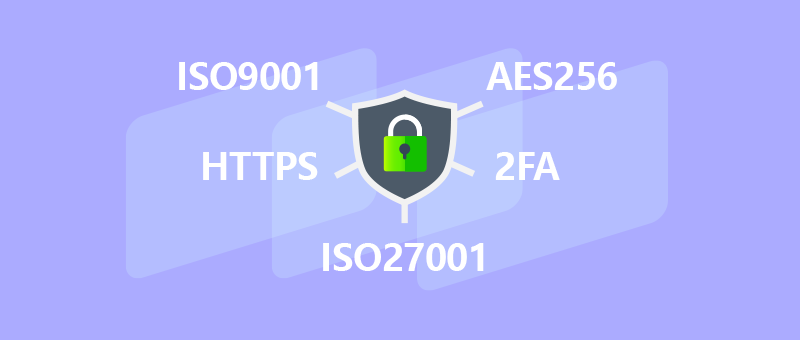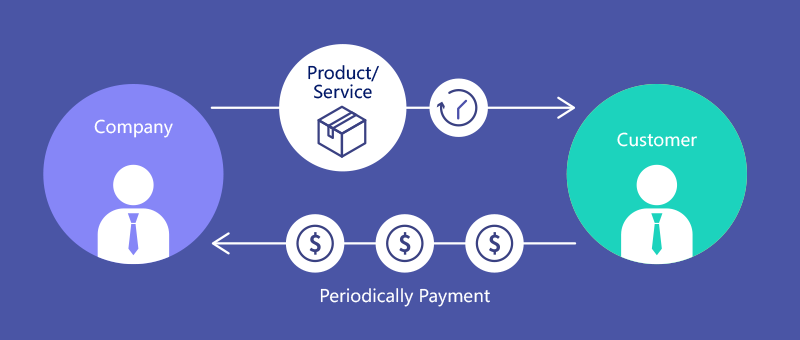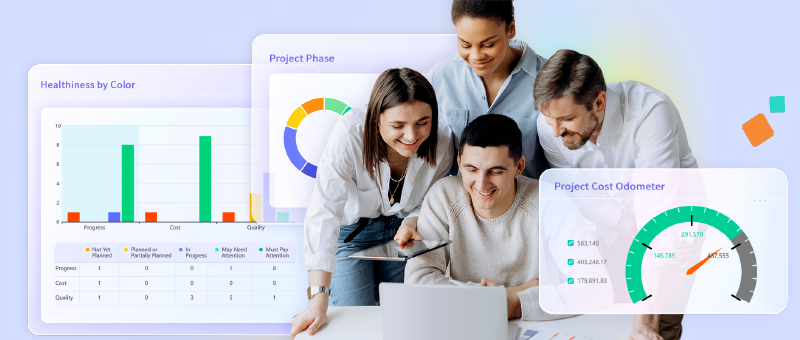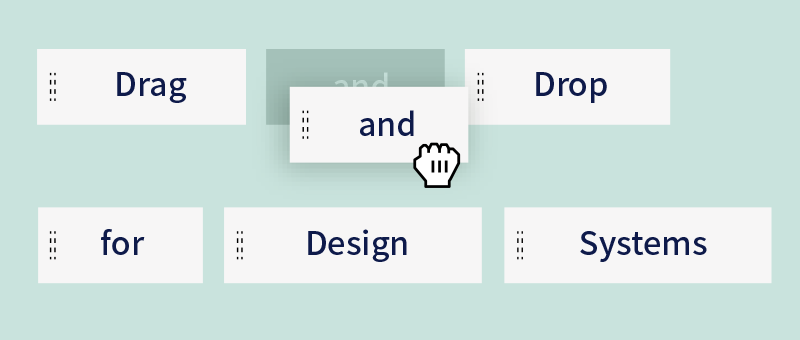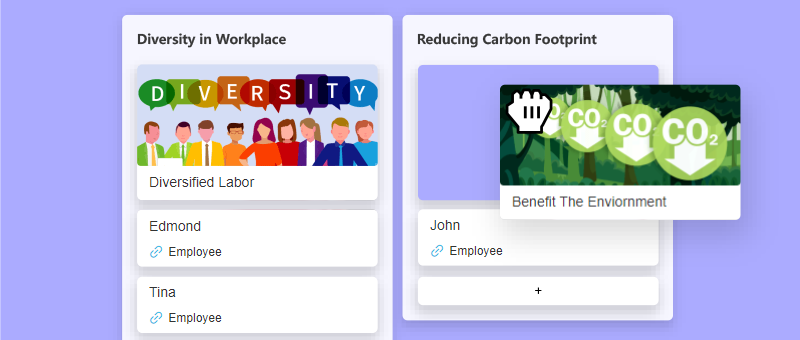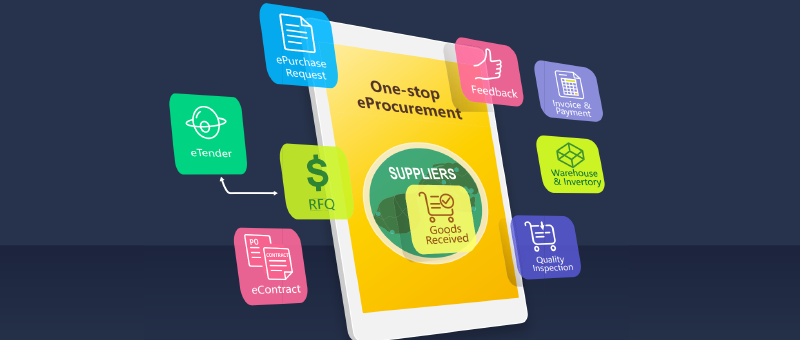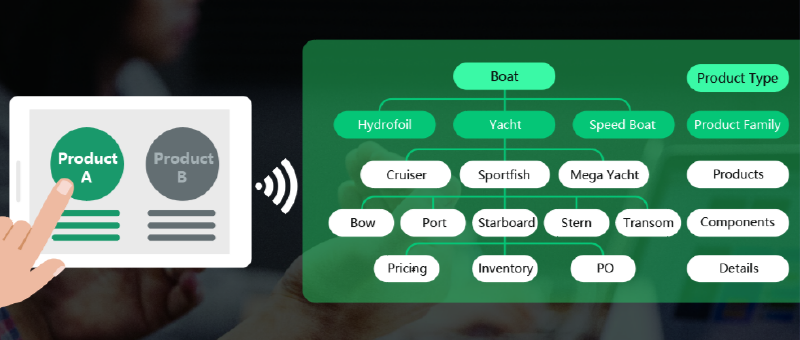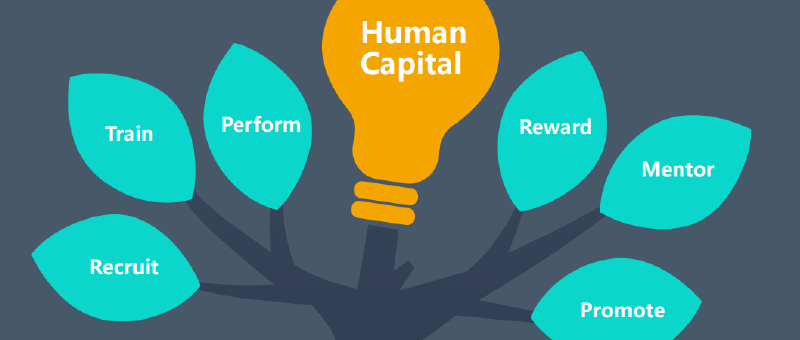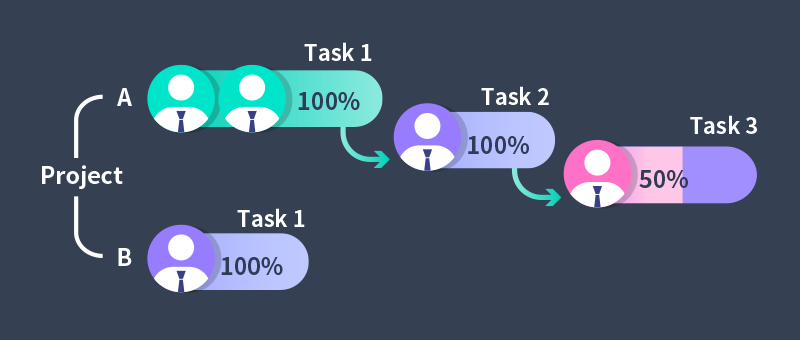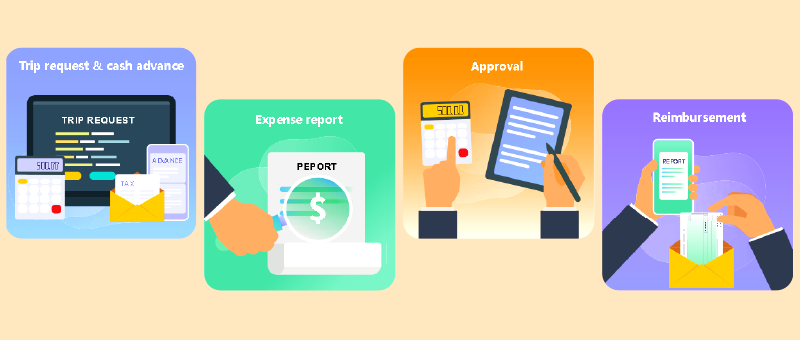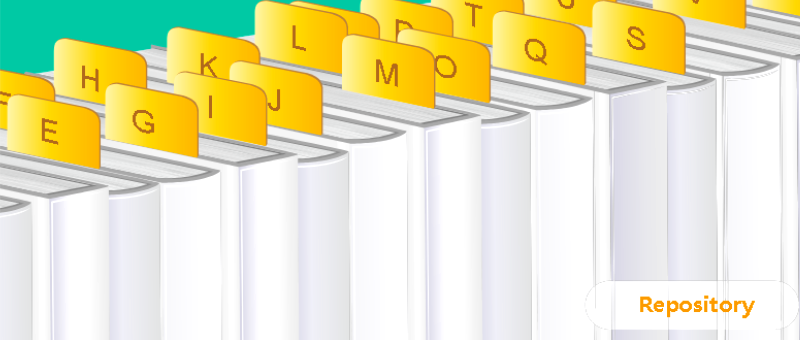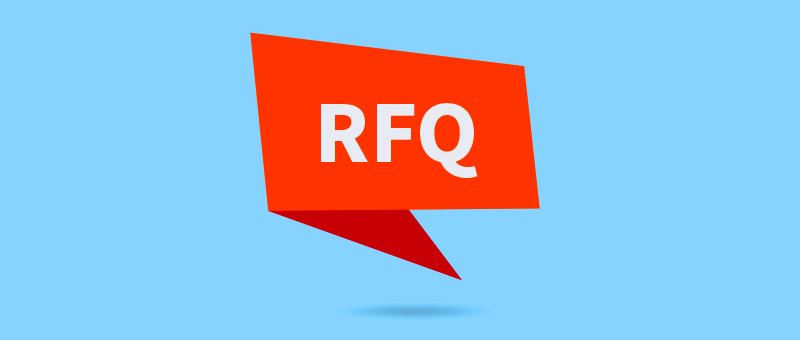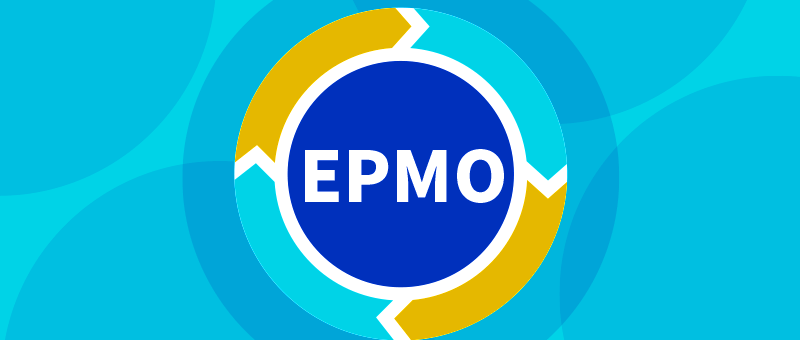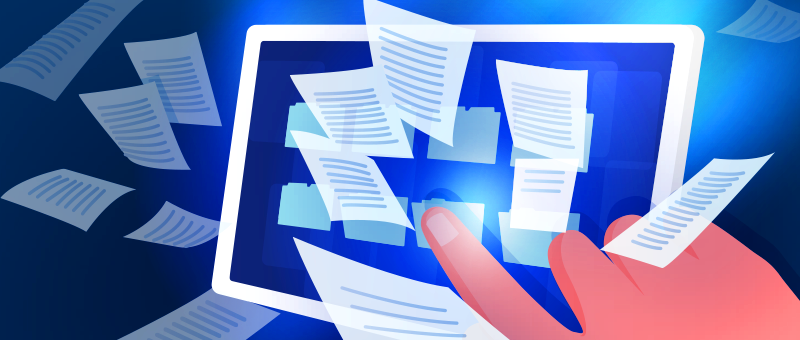Special News
Mastering Supplier Management: Key Challenges and Proven Solutions
2024-07-16
Supplier management is crucial in the modern business environment and is an essential part of a companys procurement activities. Procurement organizations must ensure that their suppliers are properly managed to maintain successful working relationships. However, managing suppliers effectively can be a difficult and challenging task.
Here are common challenges faced by procurement organizations and effective solutions:
1.Building Good Relationships with Suppliers
Maintaining positive relationships with a large number of suppliers can be challenging. Key elements to building good supplier relationships include communication, collaboration, mutual trust, and shared growth. Through timely, clear, and effective communication, both parties can understand each others needs and expectations and solve problems together. Mutual trust is built on honest, transparent, and reliable partnerships. Growing together means working to achieve long-term success and sharing opportunities for profitability and innovation, thereby establishing a sustainable partnership.
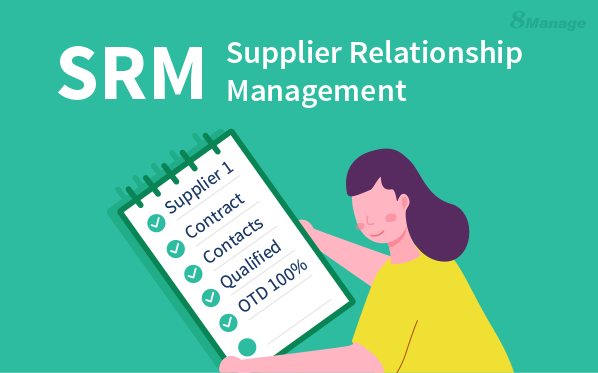
2.Controlling Supplier Performance
Real-time control of supplier performance is often challenging. Key steps include setting clear performance indicators, establishing contracts and agreements, monitoring and measuring performance, creating feedback and communication mechanisms, developing improvement plans, and seeking continuous improvement. These steps help evaluate and control supplier performance to ensure the smooth operation and continuous improvement of the supply chain, meeting customer needs and expectations.
3.Ensuring Supplier Quality
In addition to working with suppliers to meet product quality standards, supplier management must continuously identify and implement business process improvements that directly impact operational efficiency and the bottom line. Typical quality issues include improving production management processes, avoiding defects like material and packaging problems, and managing and reducing supplier-related accidents and problems.
4.Reducing Procurement Risks
Various risks can threaten supply chain disruptions, from environmental and public health issues like natural disasters and epidemics to events like trade wars. Operational risks include raw material shortages and price fluctuations, and visibility issues in the upstream supply chain. Successfully cooperating with suppliers and reducing risks is a key responsibility of the supplier management team. This includes establishing supplier diversification and qualification assessment mechanisms, ensuring supply chain transparency and reliability, formulating clear procurement contracts, implementing supplier performance monitoring and evaluation, strengthening communication and information sharing, actively monitoring market changes, and adjusting procurement strategies timely. These measures help reduce procurement risks and improve the success rate and benefits of procurement.
8Manage SRM: Supplier Management Software Solutions
In todays information technology era, technology can enhance trustworthy relationships between buyers and suppliers. Supplier management software allows buyers to share data with suppliers, helping companies obtain sources at reasonable prices and improve their relationships with suppliers.
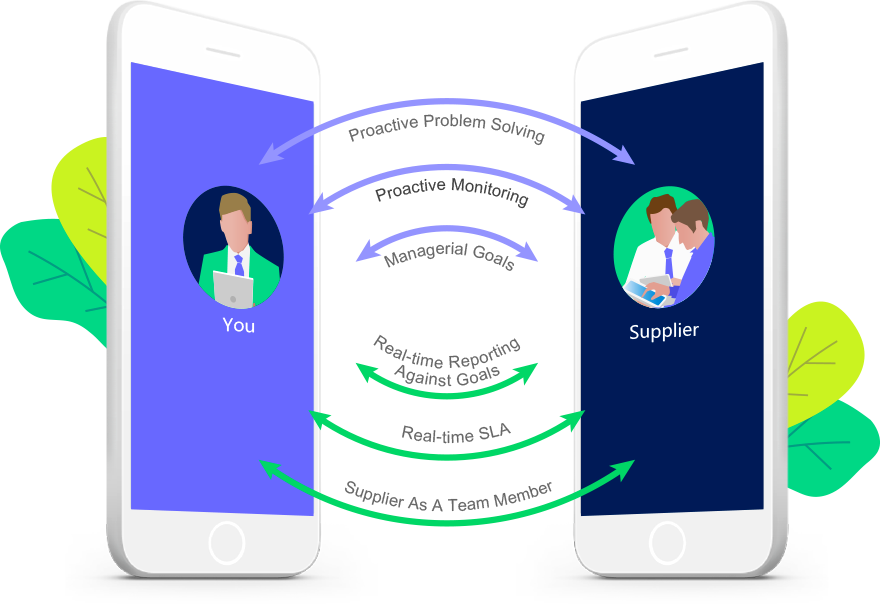
8Manage SRM supplier management software helps procurement organizations track supplier performance and manage relationships, enabling faster and more informed decisions, improving productivity, influencing quality, and driving continuous improvement. As a one-stop, end-to-end solution, 8Manage SRM provides functions to manage buyer-seller relationships effectively:
● Supplier Admission: All documents and data required to add suppliers to the approved supplier list.
● Supplier Identification: Screen suitable suppliers based on quotations received during the RFQ bidding process.
● Supplier Selection and Segmentation: Determine suppliers based on multiple indicators such as life cycle cost, quality, time availability, transaction volume, dependency, maintenance and support costs, and compliance.
● Supplier Performance Management: Measure and analyze supplier performance throughout the contract period to identify weaknesses and curb supplier risks.
● Supplier Information Management: Collect information at every step of the supplier life cycle, from onboarding to departure, including risk management and ongoing contract performance.
● Supplier Risk Management: Discover, analyze, and mitigate risks in the supplier library, actively monitoring new and existing suppliers and developing effective risk contingency plans.
● Supplier Relationship Management: Identify strategic suppliers and establish long-term relationships, following procurement best practices.
Additionally, 8Manage SRM covers modules such as price inquiry, bidding, tendering, and procurement process control, providing a comprehensive solution for supplier and procurement management to optimize supply chain management, reduce risks, and improve efficiency and quality.
Final Words
Supplier management is vital for businesses. In todays competitive market, companies that do not invest in supplier management often face higher costs. With the 8Manage SRM system, companies can compare and select suppliers based on factors like price, past performance, or a combination of both. Building strong supplier partnerships helps companies maintain their leading position and competitive advantage.
Most popular

How IPD drives product R&D toward commercial success

Top procurement management systems to elevate your business in 2025

Are your project managers ready for AI?
Related articles
How to choose the best procurement management software for your business?
2025-03-07
Top 5 procurement and tender management systems in 2025: Rankings and reviews
2025-03-05
Top 6 procurement management software for businesses in Hong Kong
2025-02-26
Real estate procurement management system selection guide
2025-02-13
2025 Guide to supplier management systems for manufacturers
2025-01-24
Previous Article >
Five Practical Project Management Tools
Five Practical Project Management Tools
Next Article >
How to Choose A Project Management Software
How to Choose A Project Management Software


